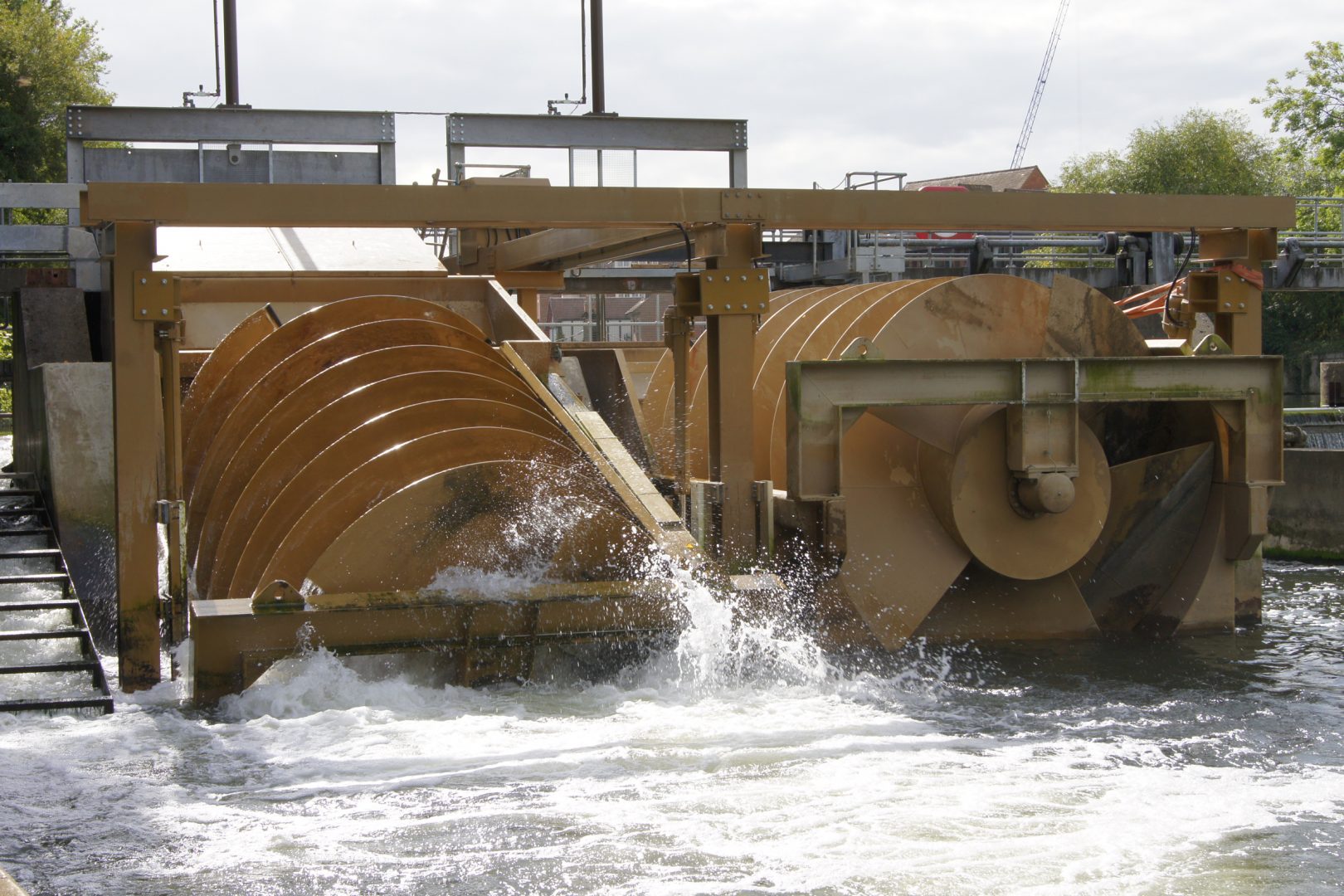
It was described by Archimedes, on the occasion of his visit to Egypt, circa 234 BC. The screw pump was later introduced from Egypt to Greece. This is consistent with classical author Strabo, who describes the Hanging Gardens as irrigated by screws. A cuneiform inscription of Assyrian King Sennacherib 704–681 BC has been interpreted by Stephanie Dalley to describe casting water screws in bronze some 350 years earlier. Some researchers have postulated this as being the device used to irrigate the Hanging Gardens of Babylon, one of the Seven Wonders of the Ancient World.

A later screw pump design from Egypt had a spiral groove cut on the outside of a solid wooden cylinder and then the cylinder was covered by boards or sheets of metal closely covering the surfaces between the grooves. The Egyptian screw, used to lift water from the Nile, was composed of tubes wound round a cylinder as the entire unit rotates, water is lifted within the spiral tube to the higher elevation. The first records of a water screw, or screw pump, dates back to Ancient Egypt before the 3rd century BC.

The screw pump is the oldest positive displacement pump.


 0 kommentar(er)
0 kommentar(er)
